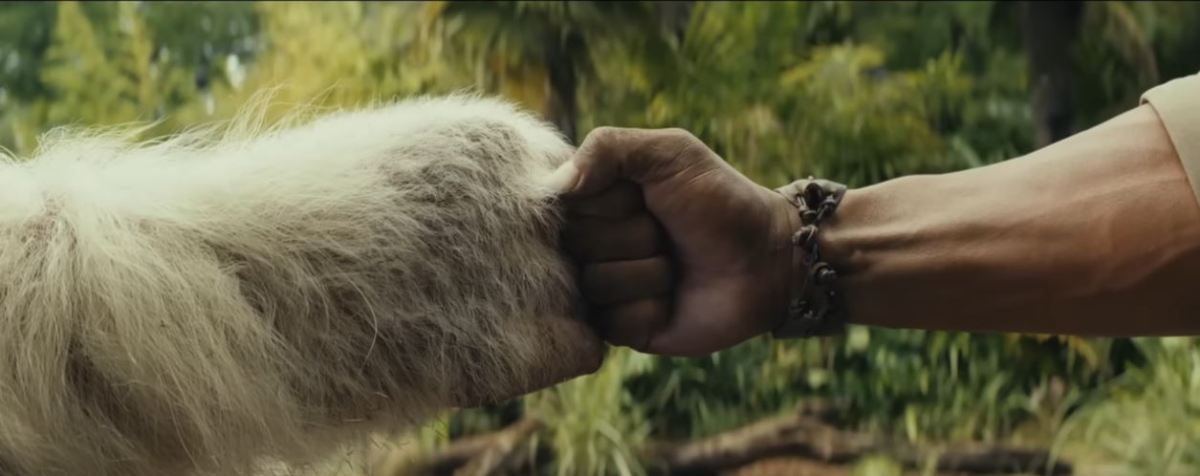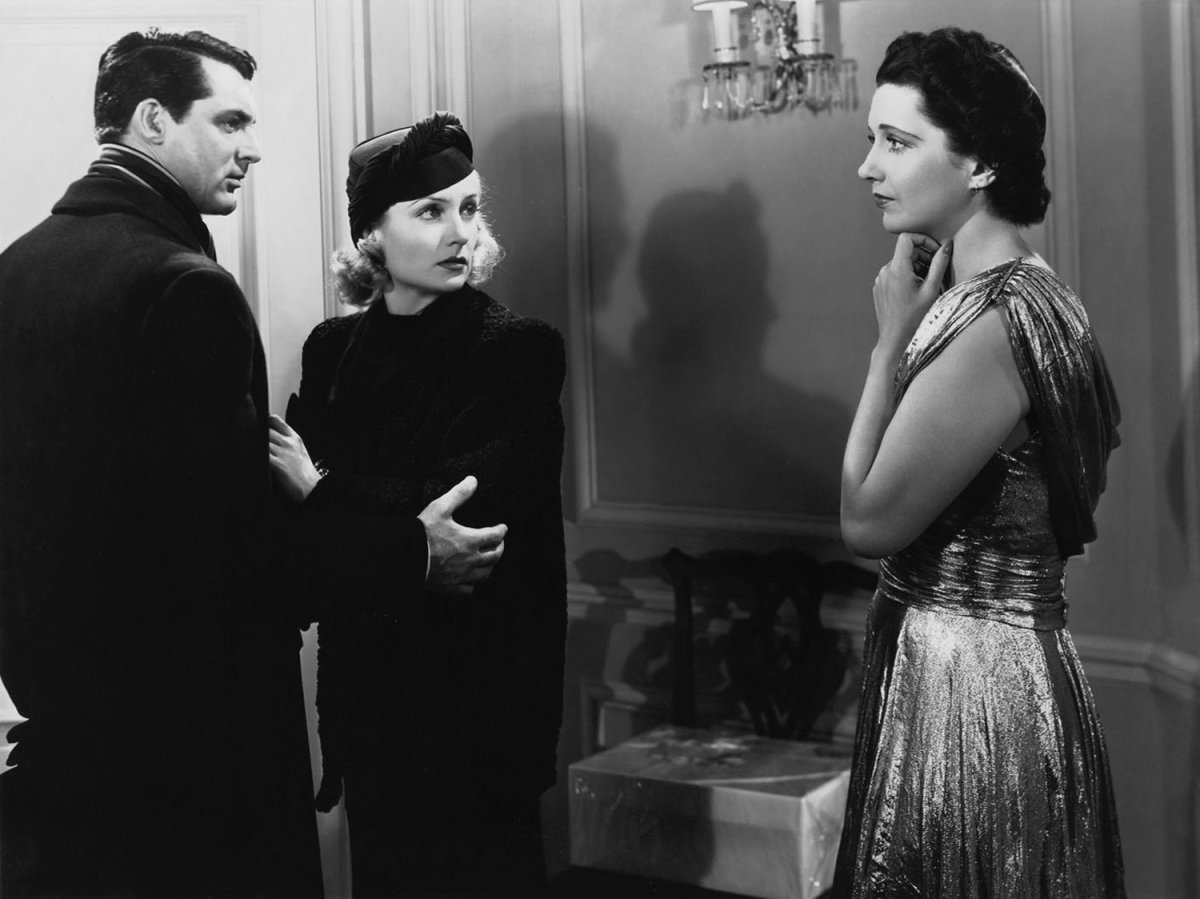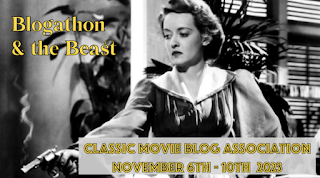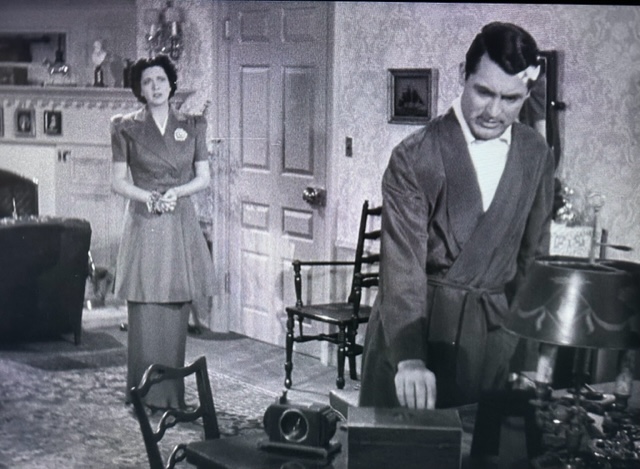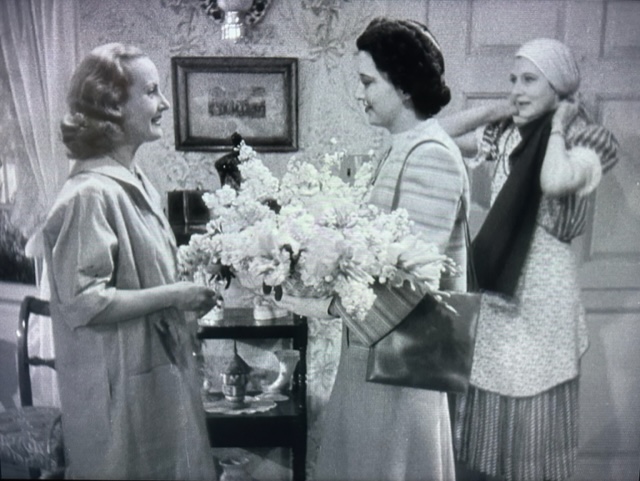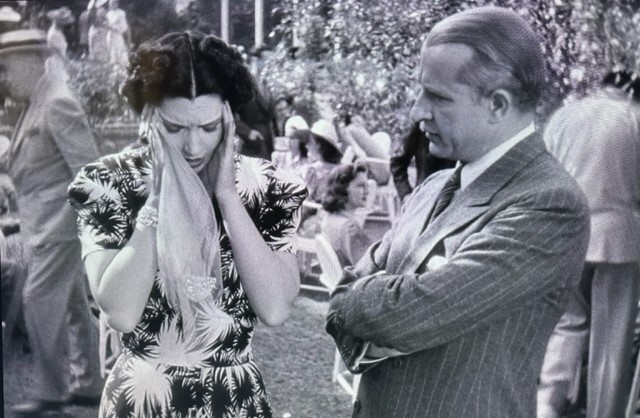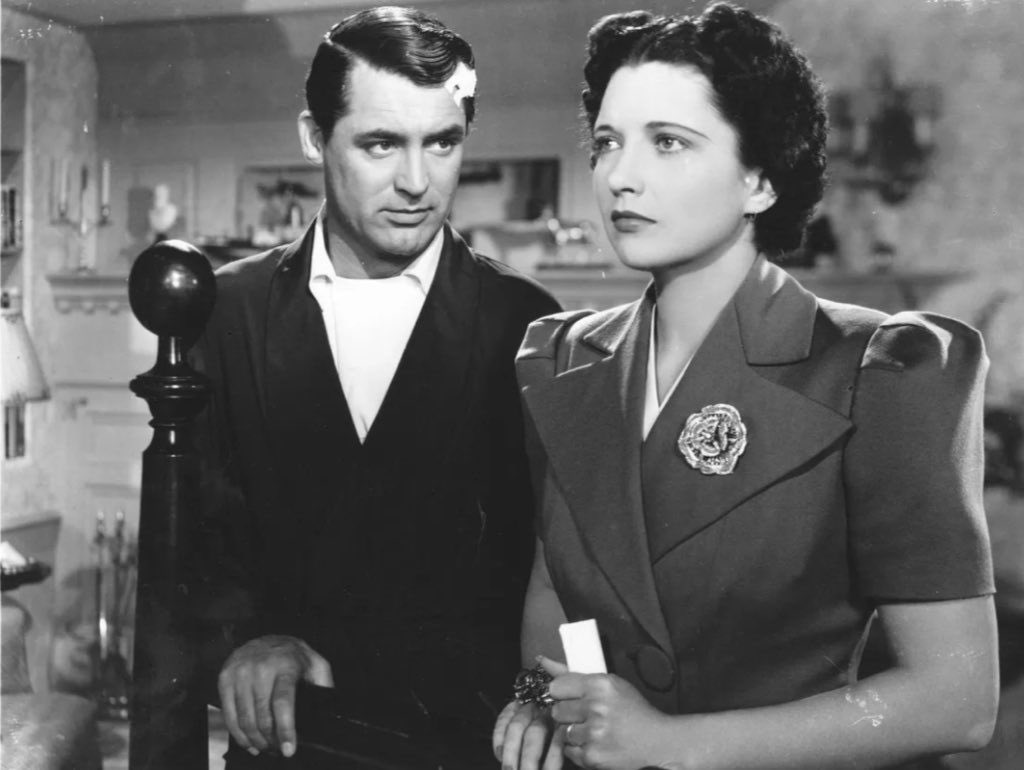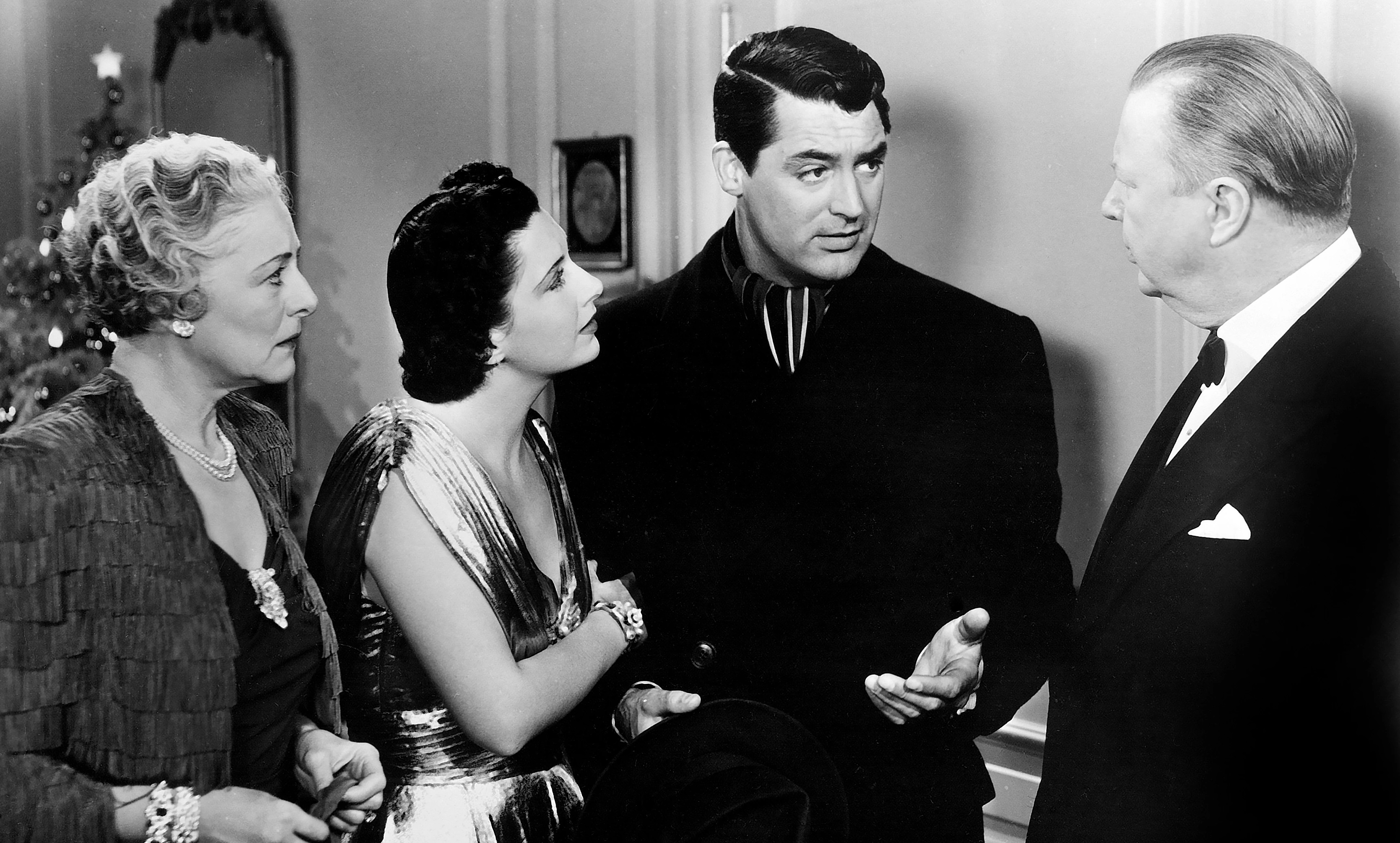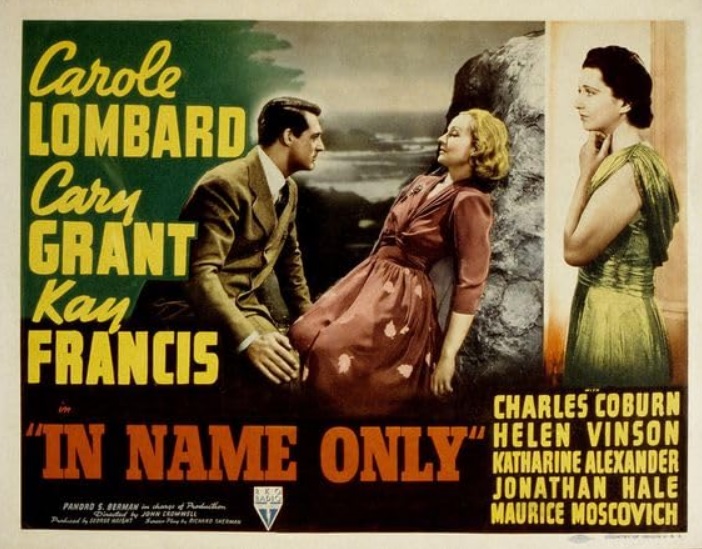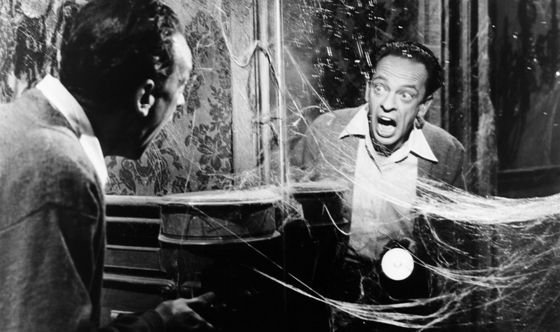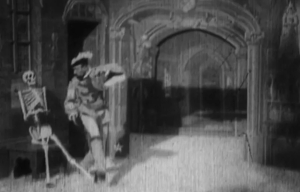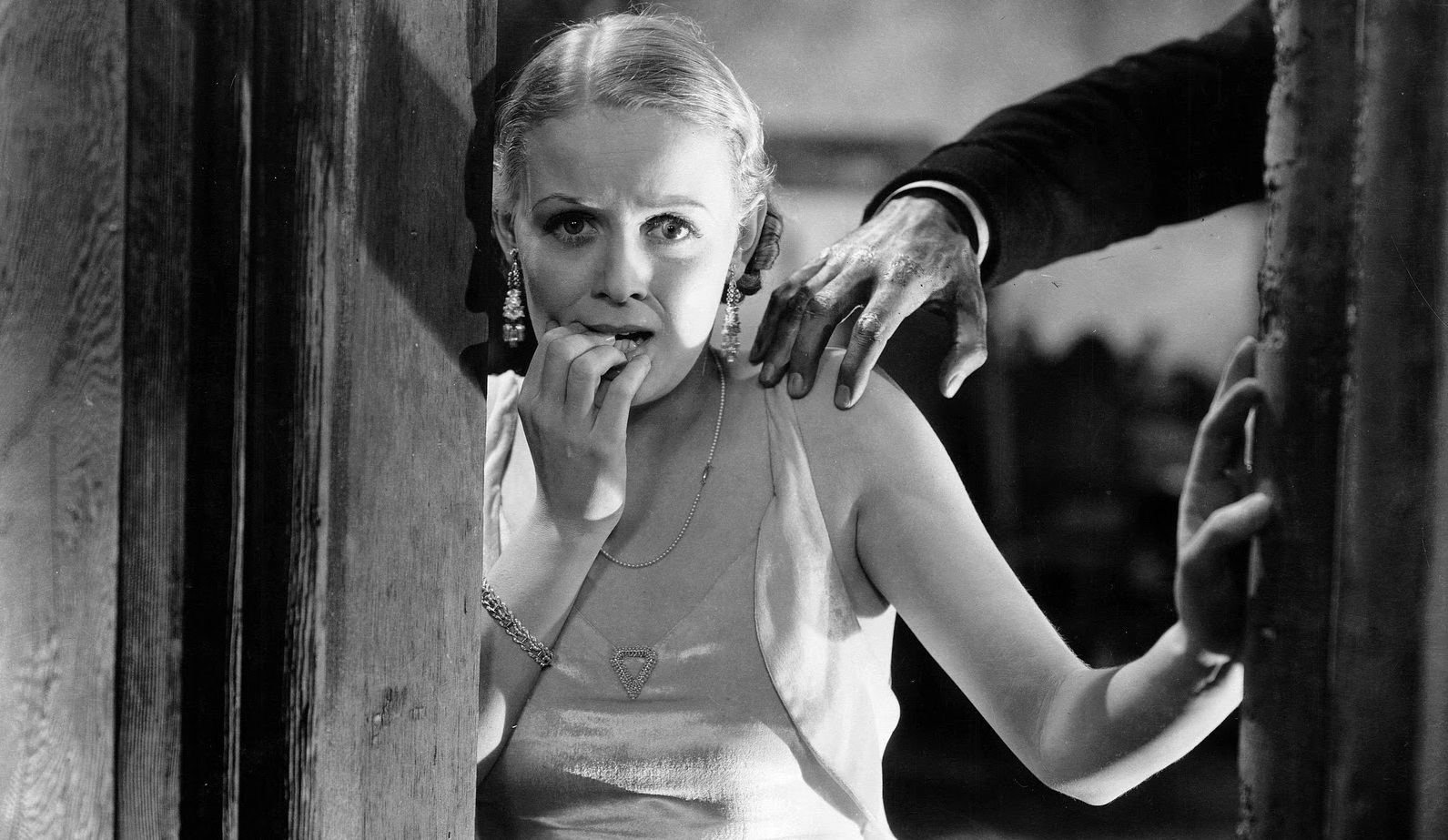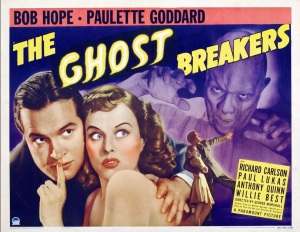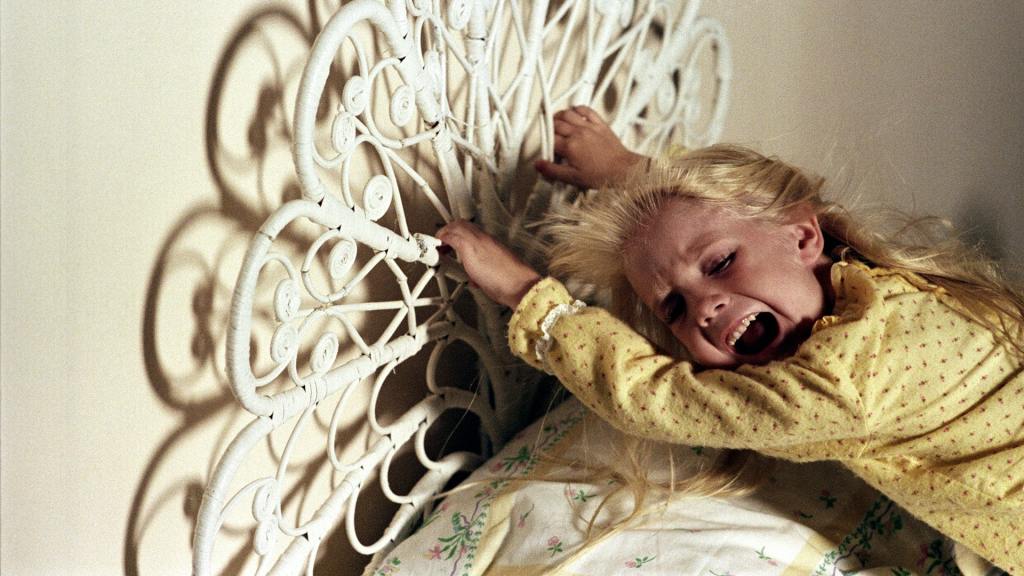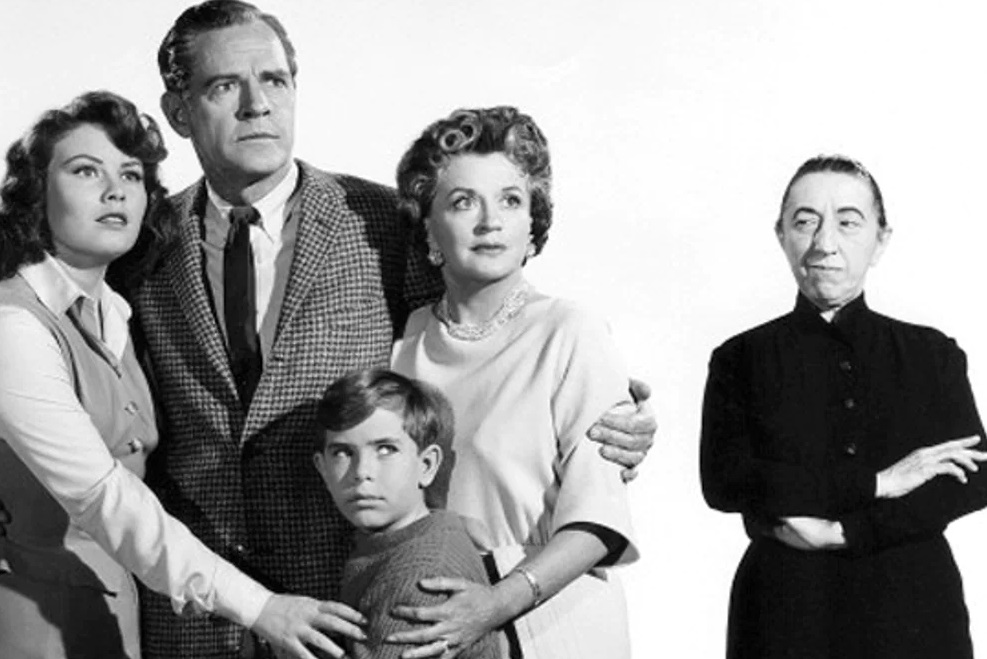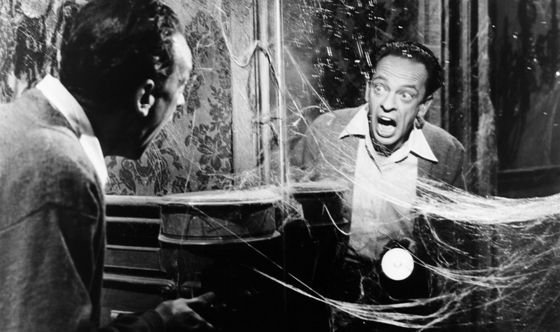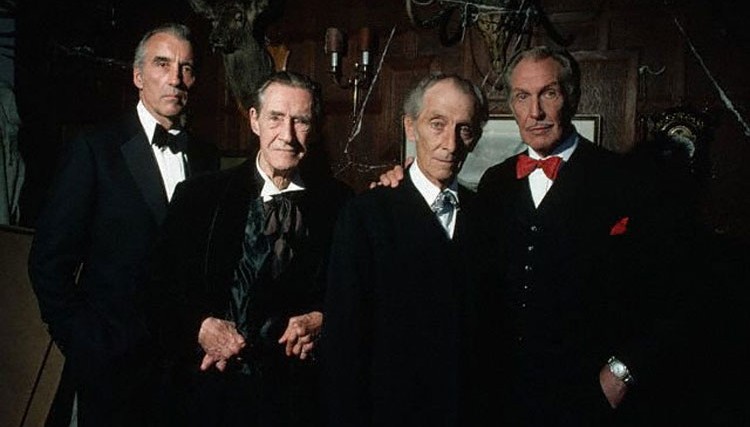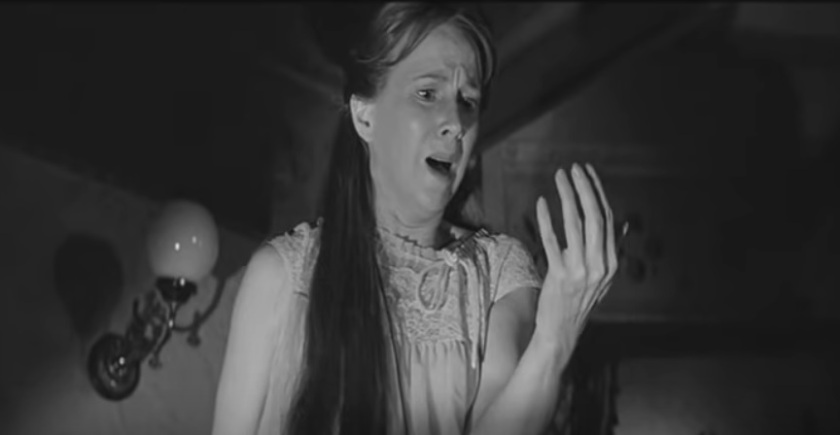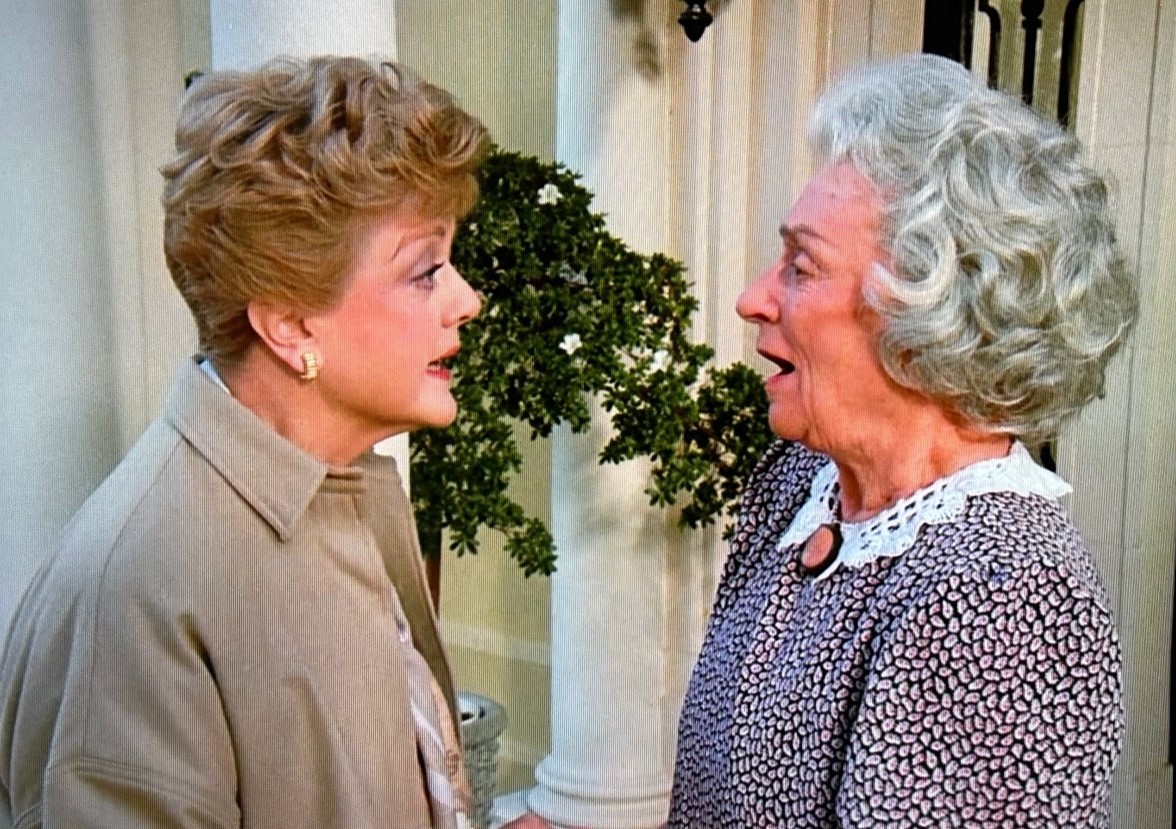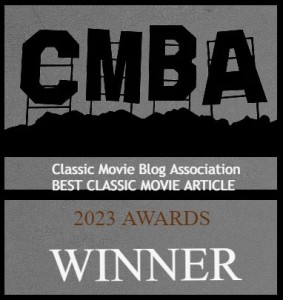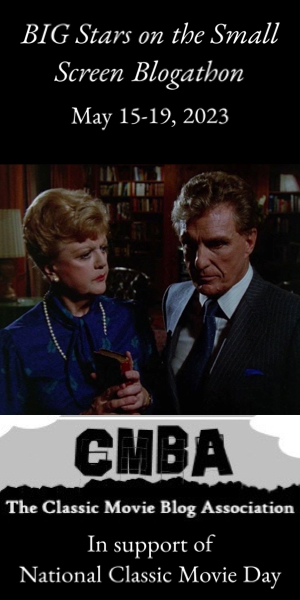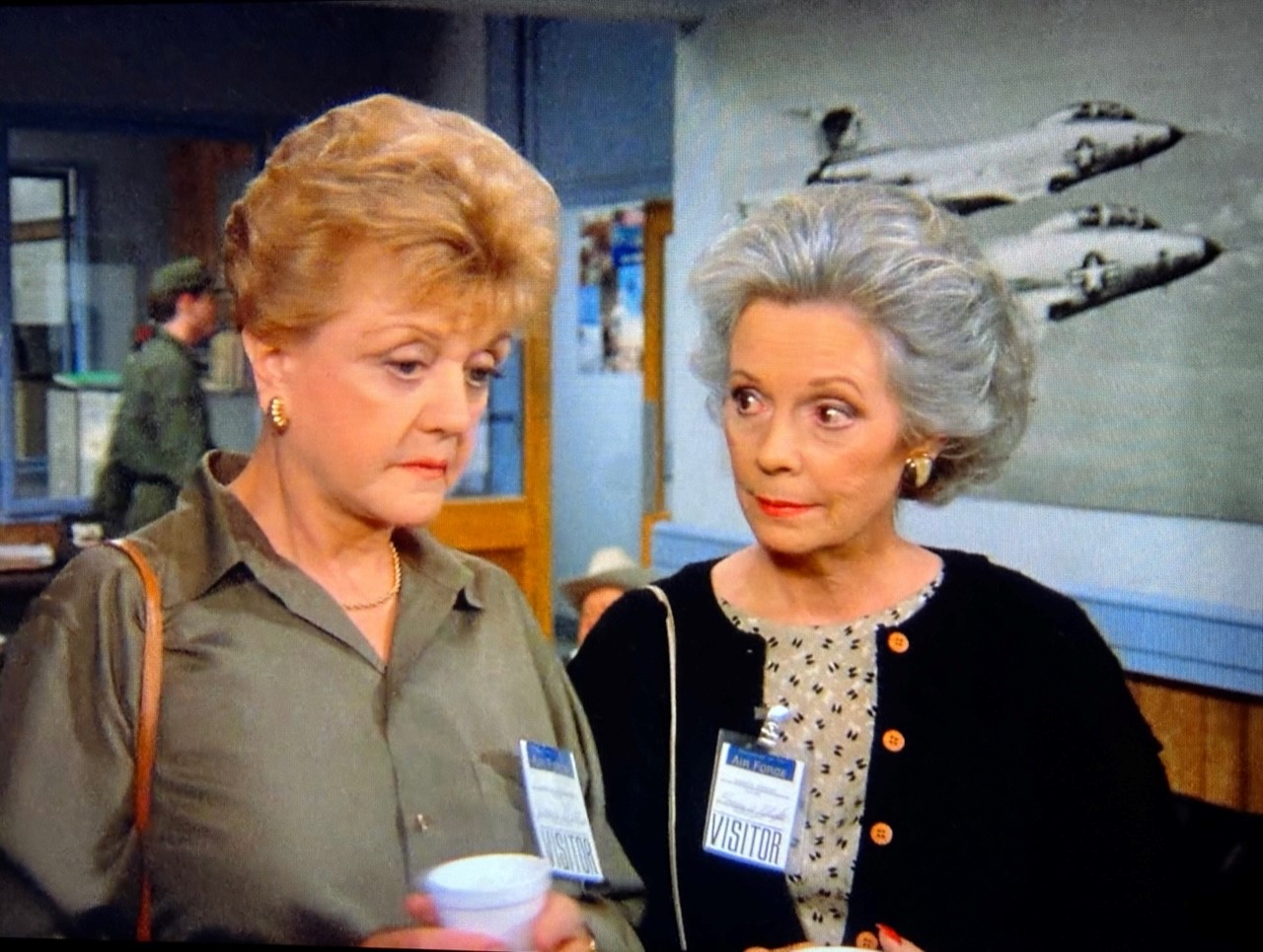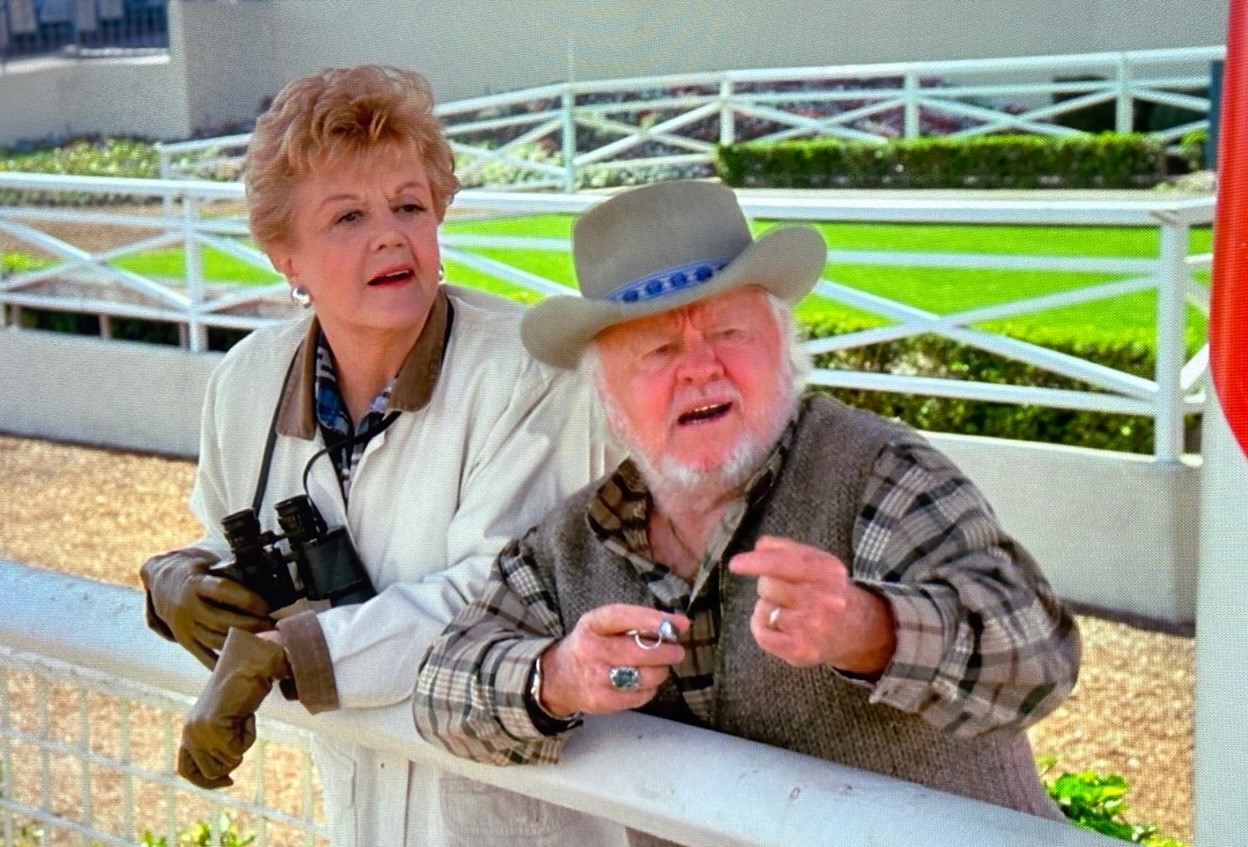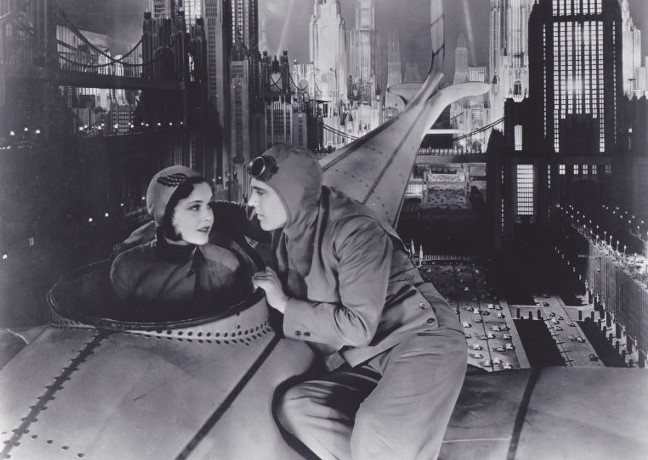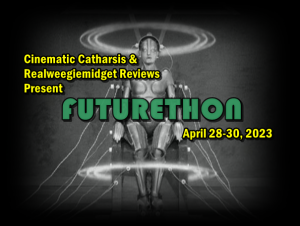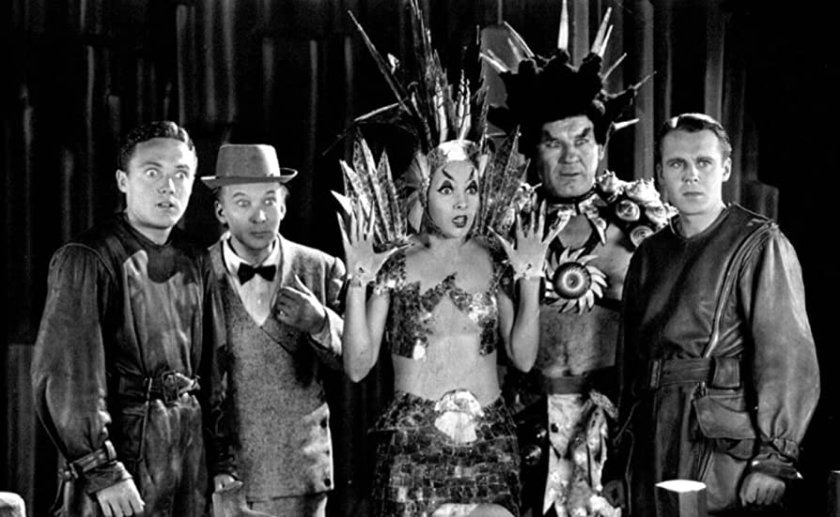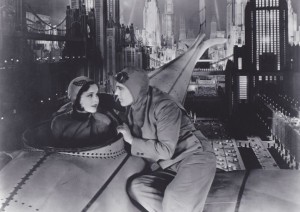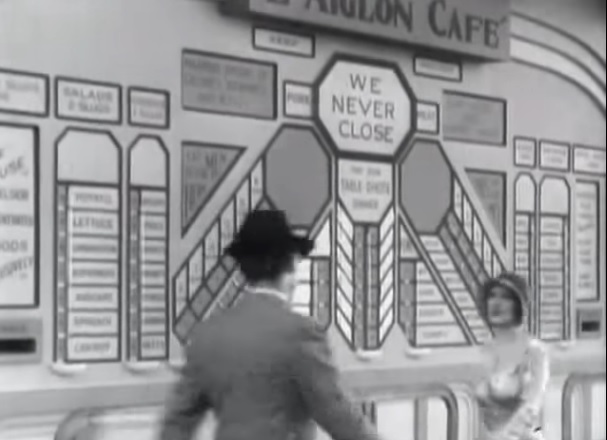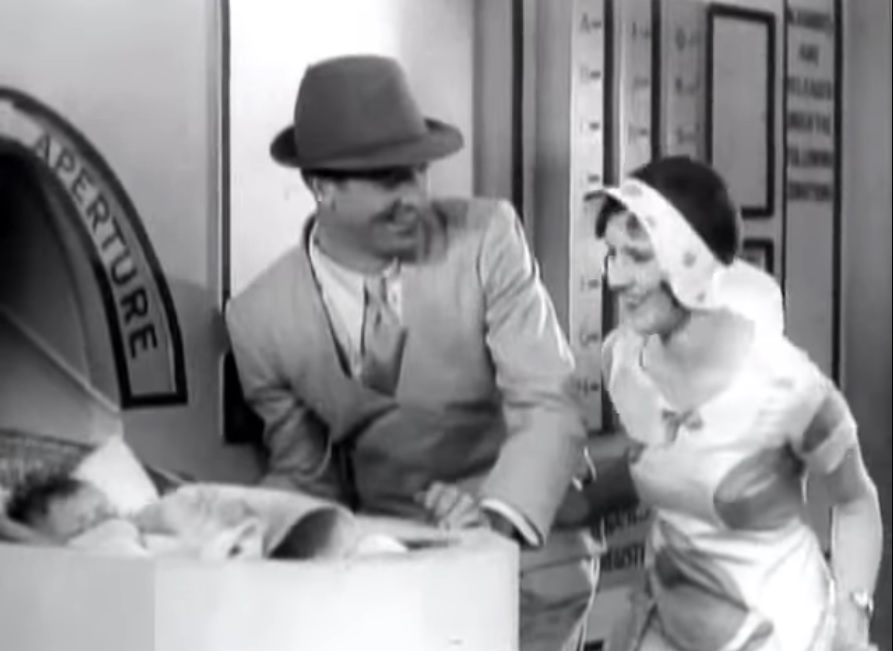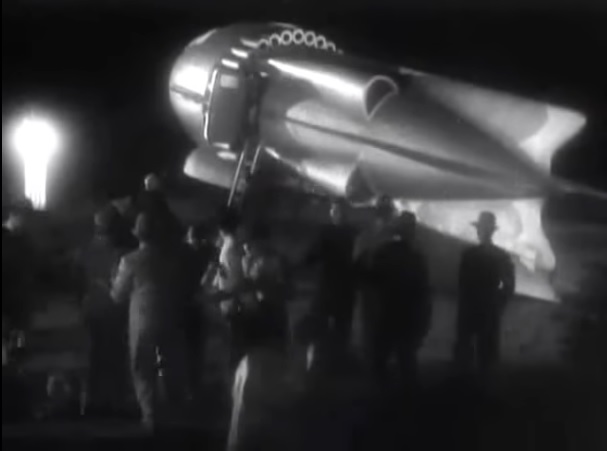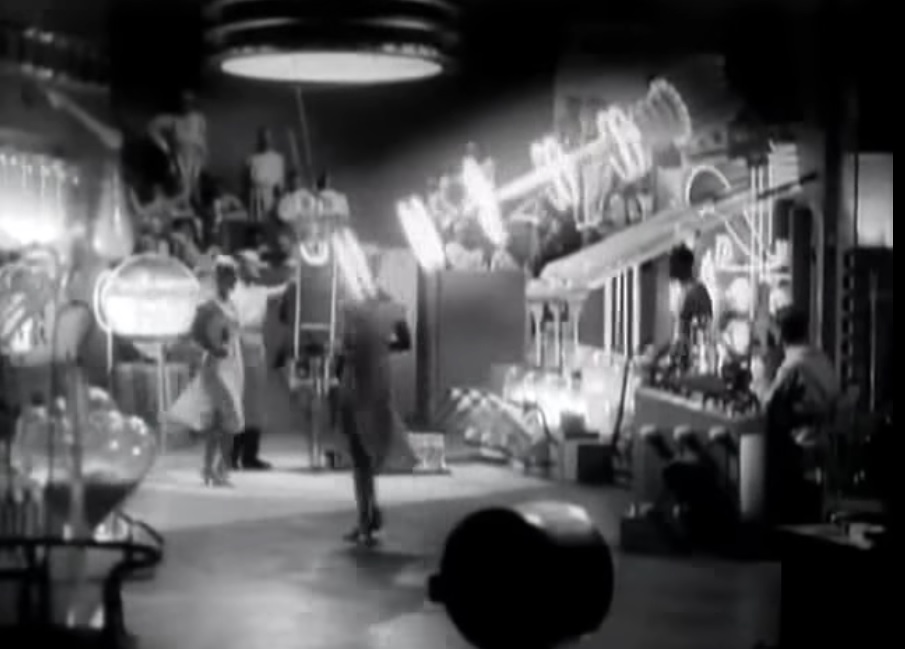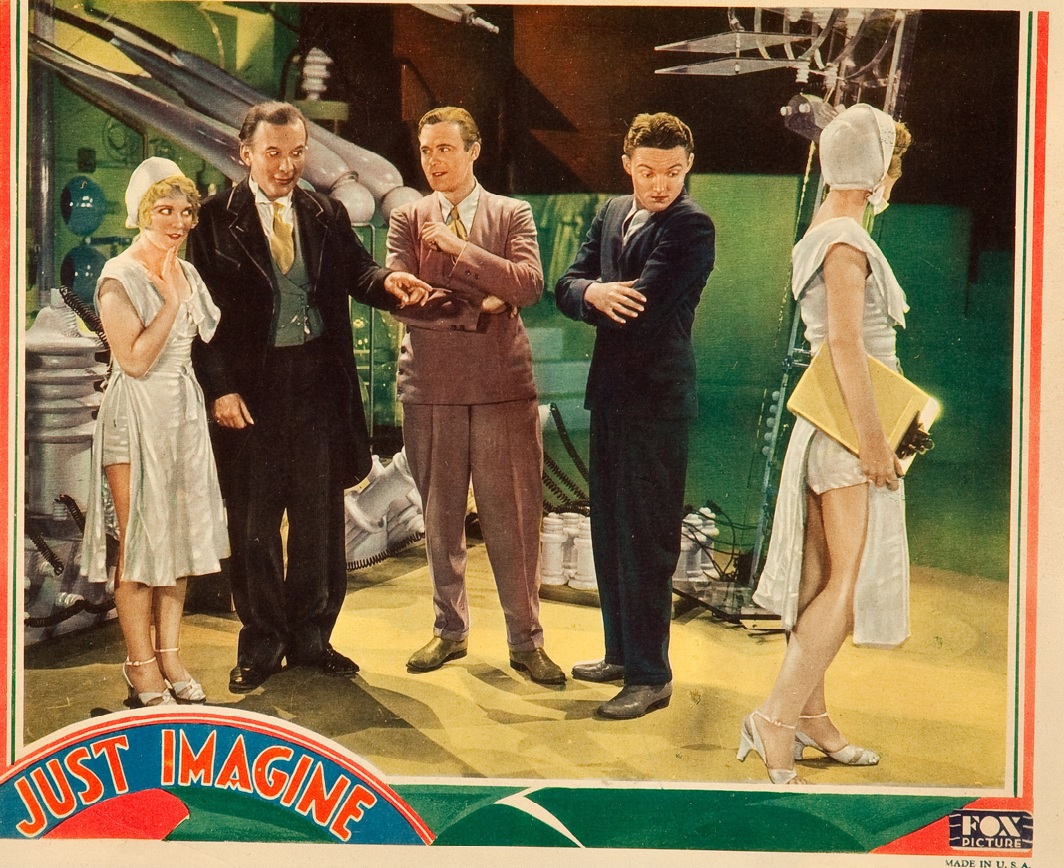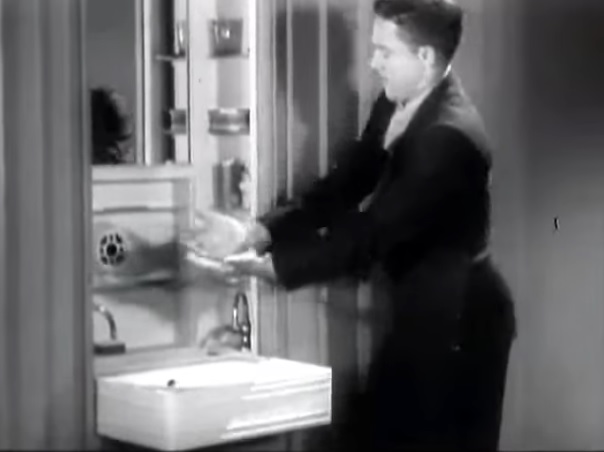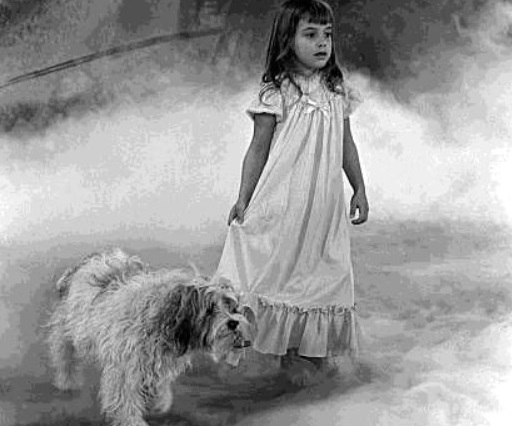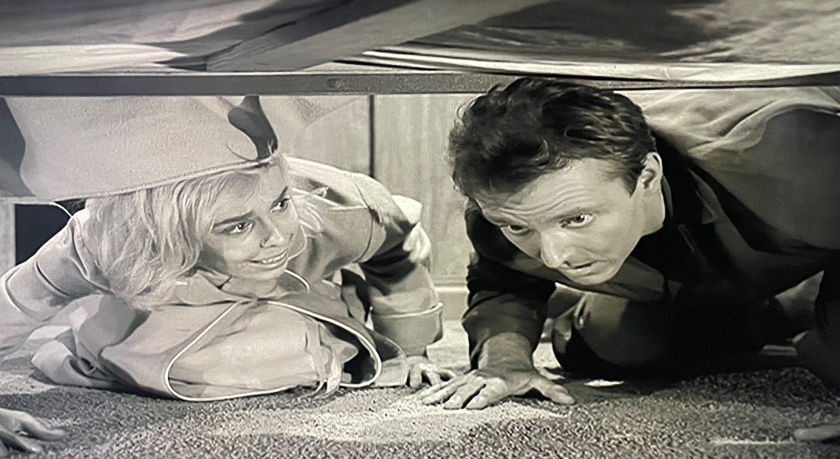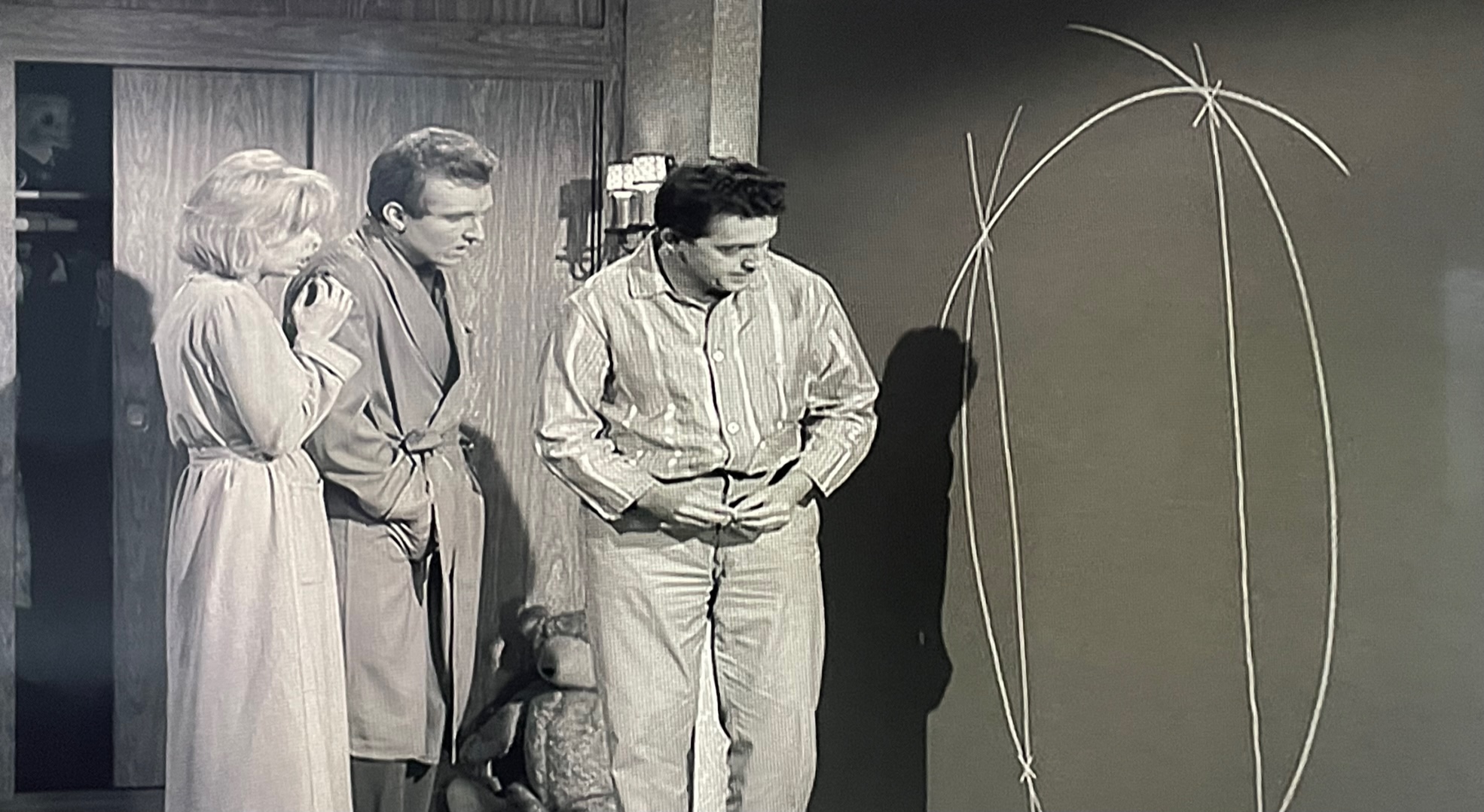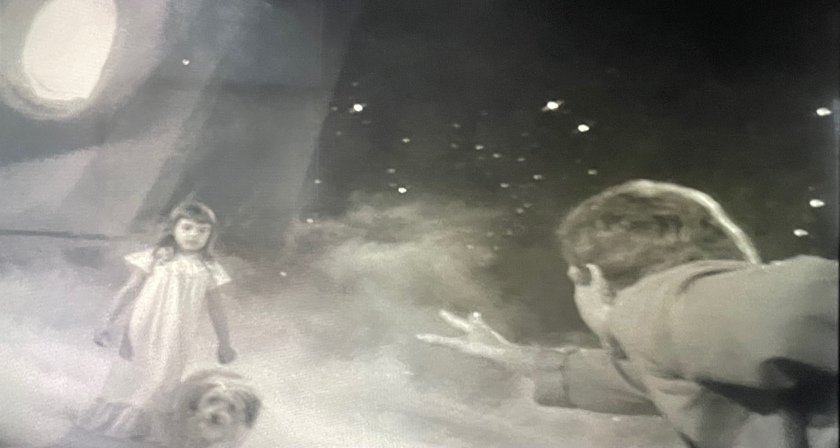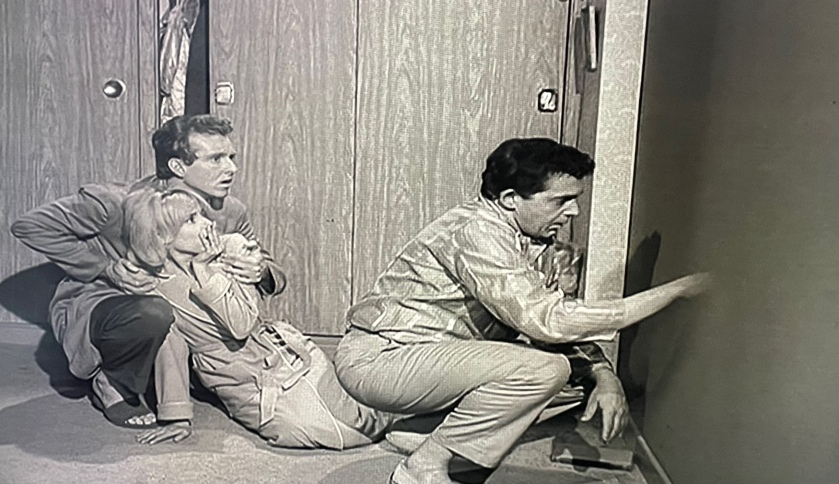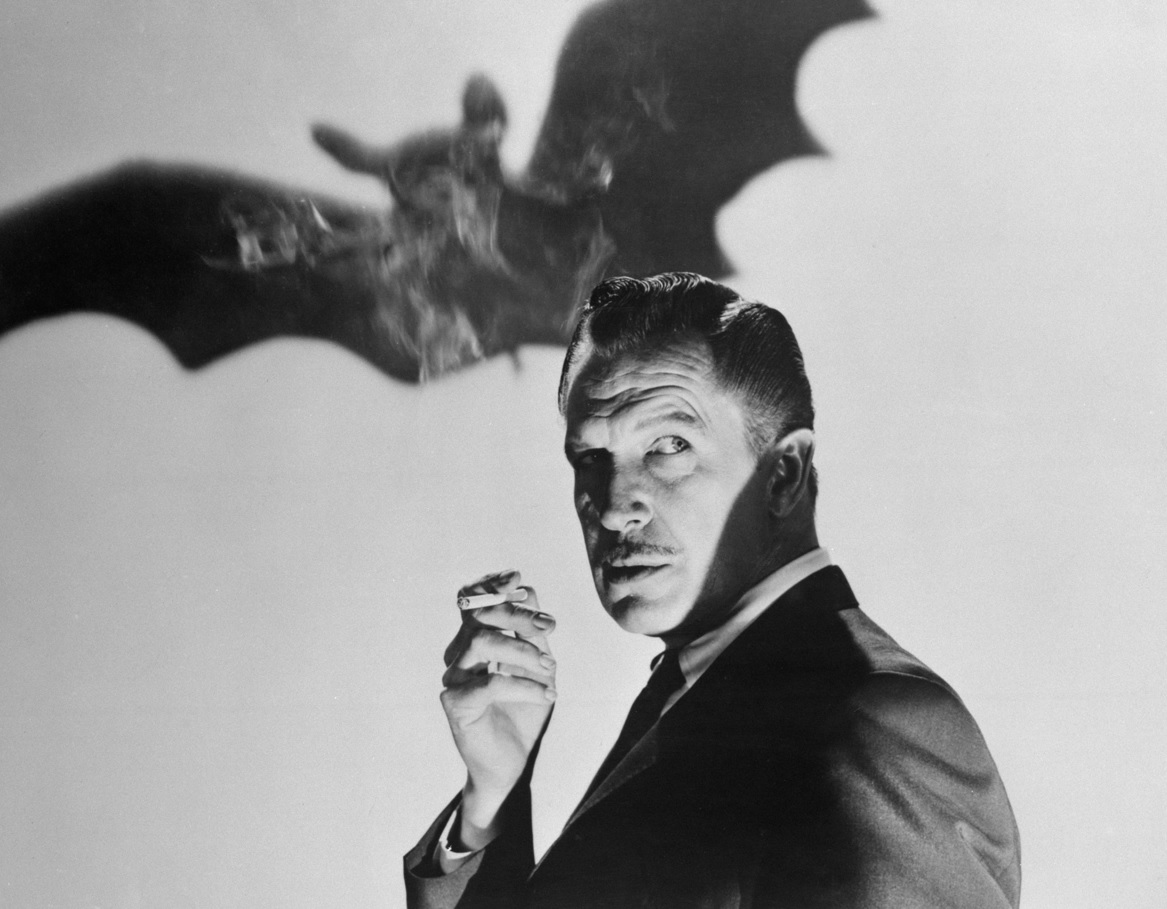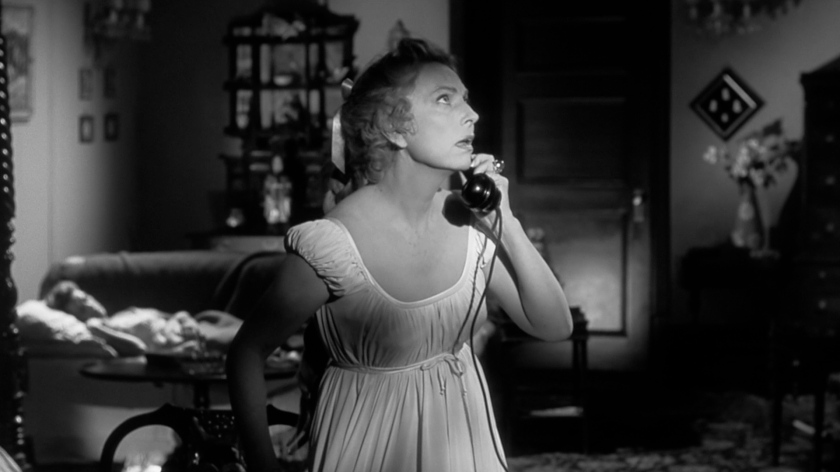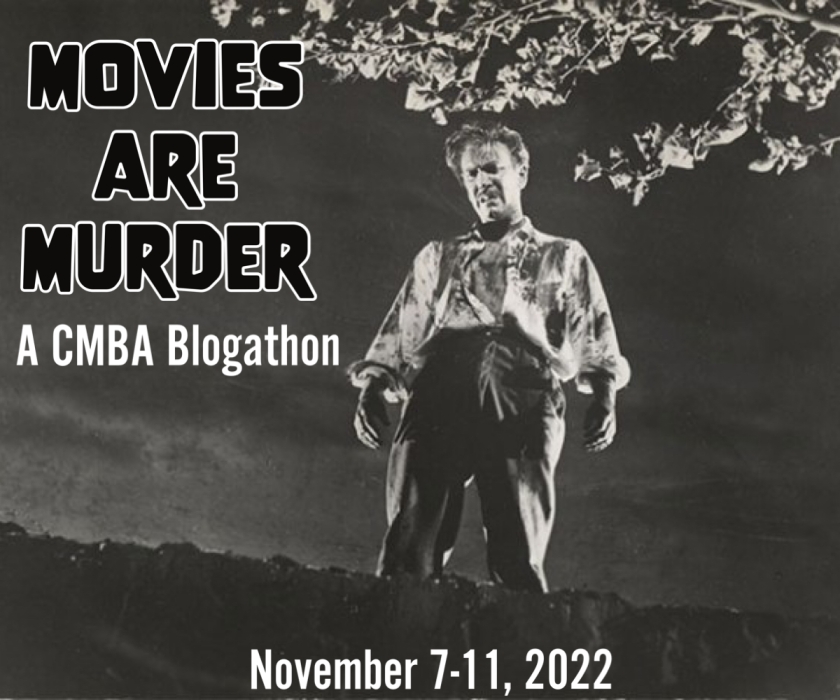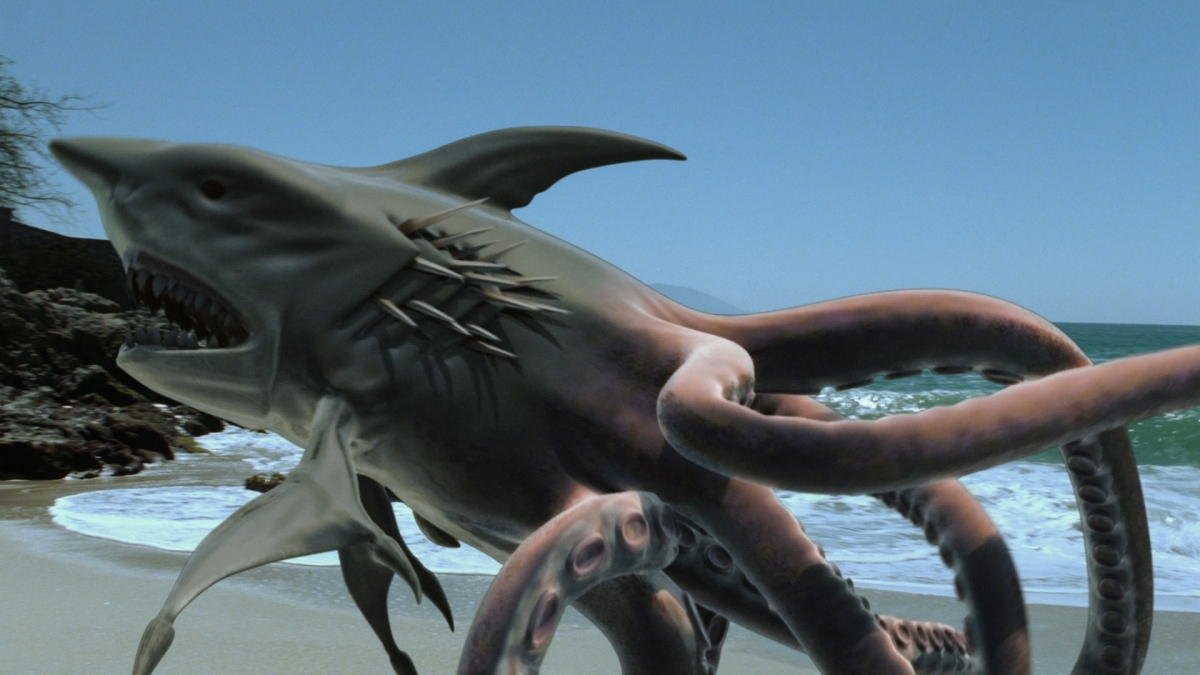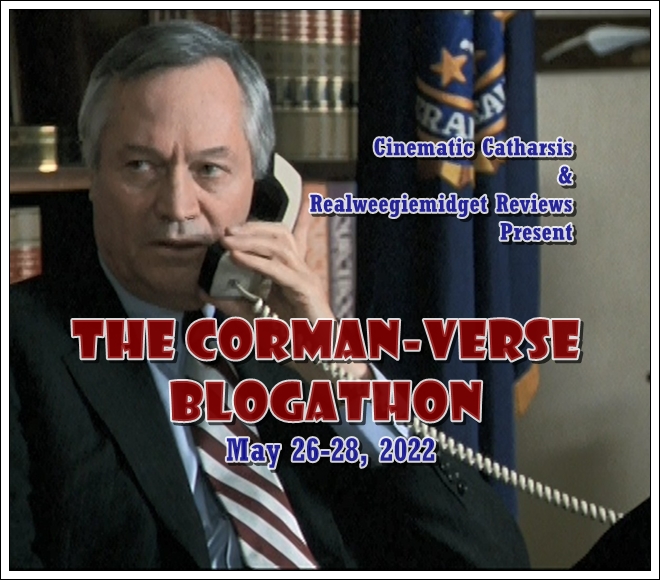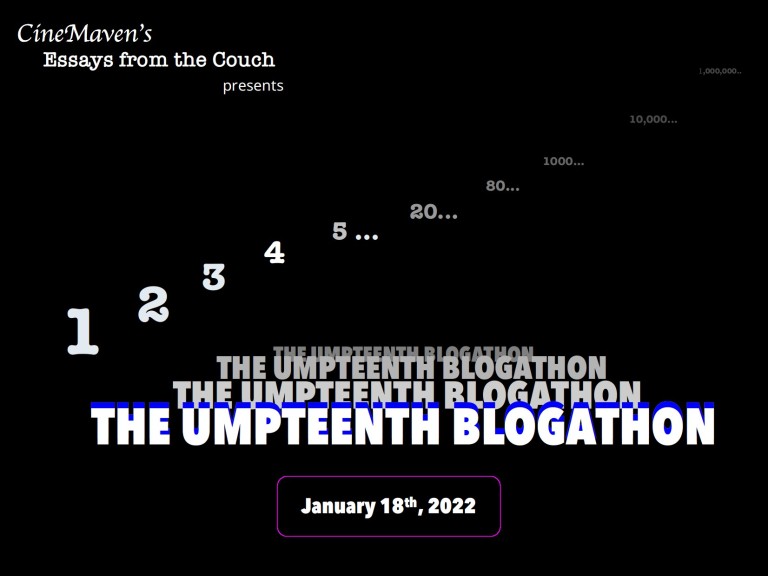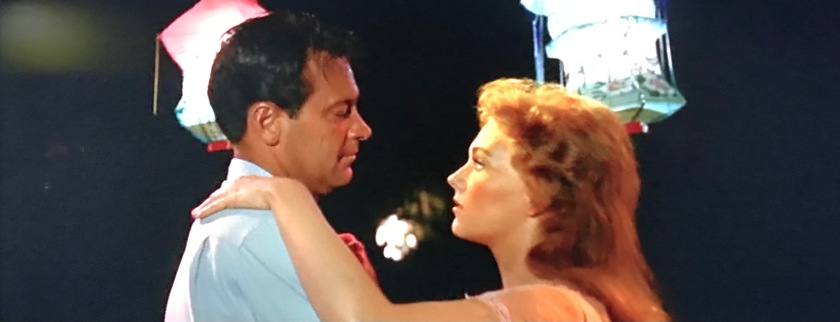Mismatched couples make the film world go around. They take a basic plot and make it more interesting, more fun, more dramatic, more heartwarming. More of whatever you need.
The familiar concept comes in all sorts of flavors to satisfy your movie mood: cop buddies, beauty and the beast themes, the two-people-are-meant-for-each-other-even-if-they-don’t-know-it story and the perennial favorite, the odd couple.
Before we get to one of my favorite odd couples in film, it’s a good place to note that these odd or mismatched couples aren’t always human. You’ll find unbreakable bonds between people and animals like Lassie and little Jeff or Timmy, and Tarzan and Cheetah. A step beyond would be the connection between Elliott and E.T., Billy and Gizmo (“Gremlins”) and Owen and his Velociraptor Blue (“Jurassic World,” etc.).
My favorite is the film that boasts about the power of its odd pairing with the fun tagline “Big Meets Bigger.” That would be Davis and George in “Rampage,” a buddy movie that’s also a throwback to great giant monster movies of the past. And it’s the film I chose to write about for “The Mismatched Couples” blogathon hosted by Barry at Cinematic Catharsis and Gill at Realweegiemidget Reviews.

“Big” is Davis, played by the 6-4, 260-pound Dwayne Johnson.
“Bigger” is George, an albino western lowland gorilla, who stands about 7 feet tall and weighs 500 pounds, give or take a few.
At least that’s how big George is at the start of the film, when he out charms the charming Johnson, plays tricks on humans and just has fun. But when George accidentally sniffs some fumes from a pathogen which alters his genetic code, the once friendly gorilla will quickly expand into an aggressive 40-foot-tall, 9-ton killing machine.
Big, now you can meet even bigger.
Davis and George are the heart, soul and appeal of “Rampage,” a film based off the video game of the same name that many in the cast and crew played when they were young including Johnson and co-star Joe Manganiello. “I put hundreds and hundreds of quarters in that machine, so I feel like I’m getting that money back,” Manganiello laughed in one of the extras for the home video release.
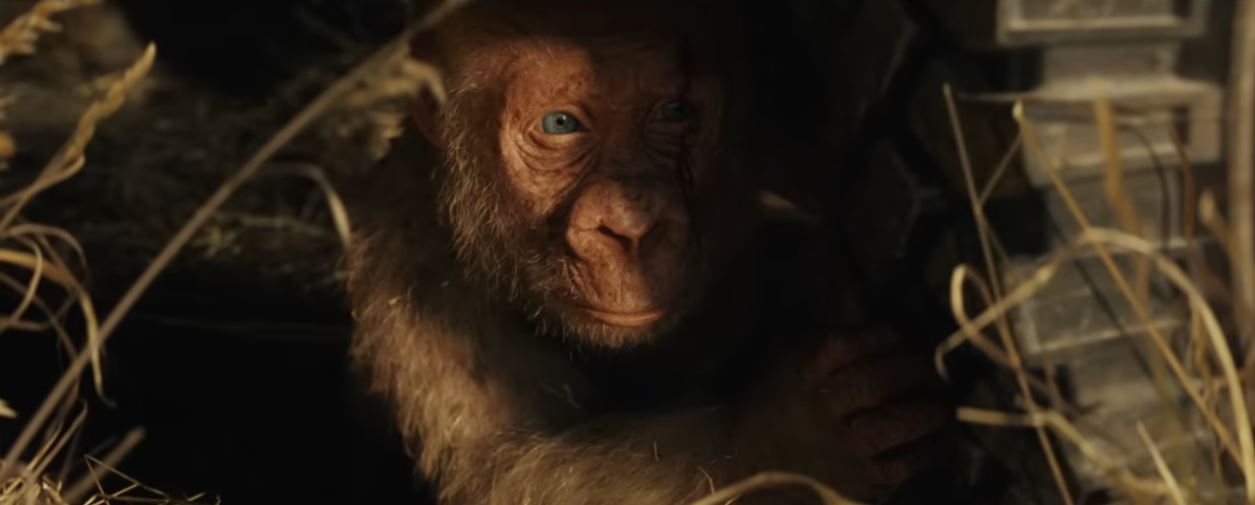
The movie plot
For the film adaptation, Dwayne Johnson plays Davis Okoye, a primatologist at the San Diego Wildlife Sanctuary. Sanctuary is the key word in understanding Davis who prefers to spend his time nurturing and protecting his animals instead of hanging out with people.
Davis helps all the animals but will go to extremes to save his best friend, George, when he becomes infected with a pathogen that has fallen to Earth after an explosion on a space station. We know this from the taut opening scene of a giant rat chasing the last surviving scientist on board, ending with a massive explosion that hurls canisters of the pathogen to Earth where it affects George, a wolf in Wyoming and a crocodile in the Florida Everglades to varying extents. (The trio of gigantic creatures was nicknamed the “Wrecking Crew” in the video game.)
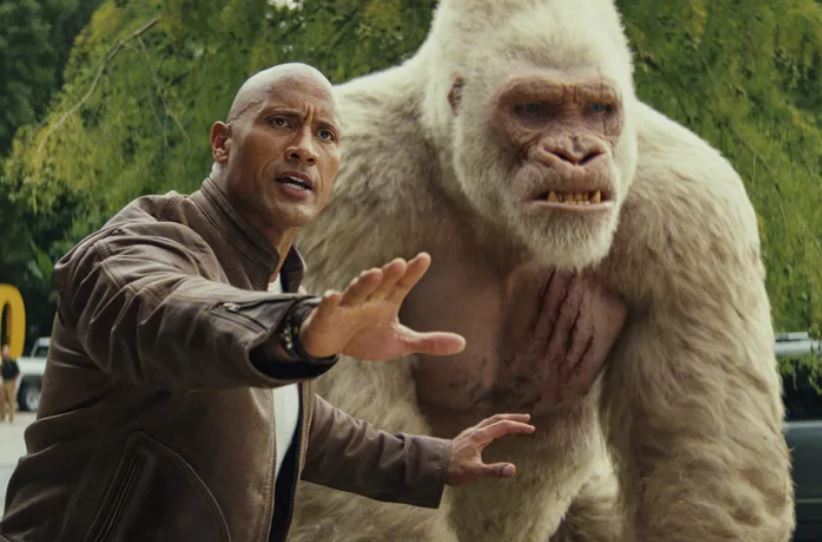
Once George is infected, he grows exponentially larger and aggressive, leading Davis to become even more parental and protective. “This is not the George we know,” he says, trying to understand why the usually passive George killed a grizzly at the sanctuary.
Davis tries to soothe the now savage beast, telling him in a soft, controlled voice “I’m gonna figure this out George, I promise.” But he won’t have time with the government as well as Energyne, the research company responsible for the pathogen, on their way for different reasons.
Energyne is run by a brother and his ruthless sister (played deliciously by Malin Ackerman) who sends a violent group of mercenaries (led by Joe Manganiello) to find the canisters and the animals – dead or alive. The U.S. government is led by the cowboy-like figure of Harvey Russell, played with a trademark wink by Jeffrey Dean Morgan in his cowboy boots. (The Davis-Russell dynamic will also grow into another odd couple pairing.)
Helping Davis is Dr. Kate Caldwell (Naomie Harris), a former Energyne employee who was using the gene therapy to find a cure for her brother’s disease before the company had her arrested (meaning she knew too much and was in the way).

As you can guess, none of them are prepared for how large and violent this trio of creatures will grow and develop.
Lots of heart
Clearly, “Rampage” has all the makings of a “giant creatures destroy the U.S.” movie. Besides George there’s Lizzie, a 200-foot-long crocodile with a spiked club-like tail, and Ralph, a gray wolf that grows to more than 30 feet and evolves to have arm flaps and the ability to glide. With their advanced aggressiveness from the pathogen, they destroy everything in their path.
I love the giant creatures theme and could write on and on about this “Wrecking Crew,” but for now I’m here to focus on those two big, unlikely buddies of Davis and George since they are what set “Rampage” apart from other blow ‘em up blockbusters. The relationship between the two, including their trust and friendship, is what director Brad Peyton said he wanted to focus on.
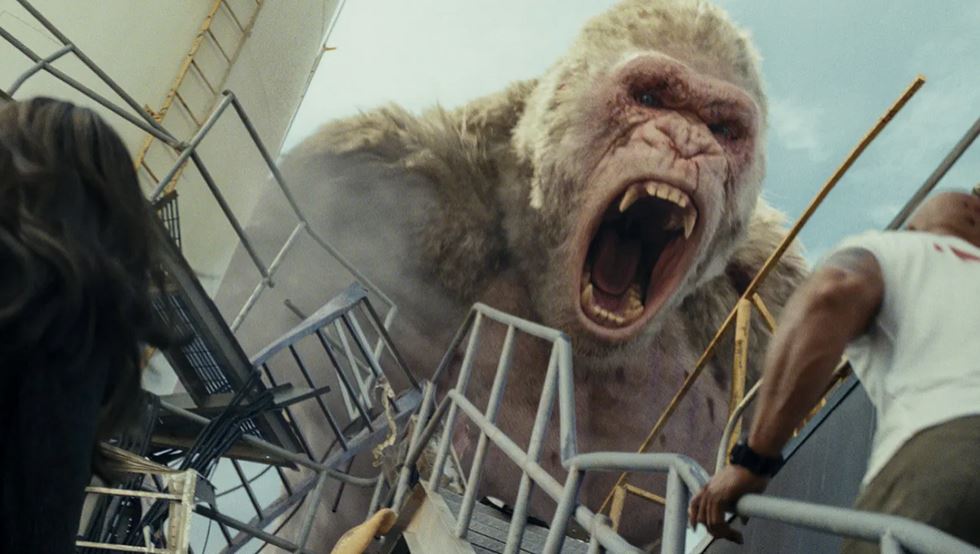
“The central pillar of the movie is the relationship between Davis and George … that’s the heart of the movie,” Peyton said in a 2018 interview with ScreenRant, which I recommend reading in full. “So we focus a lot on that dynamic and the heart that came from that … I love doing big blockbuster movies, but if there’s no heart and soul to it, it’s just kind of empty nonsense.”
So yes, while there are huge blockbuster scenes of the three giant creatures wreaking havoc, attacking people and each other, there are moments of friendship, loyalty and family between Davis and George that are full of the heart Peyton strived to have in his film.
Helping to form that dynamic is how well Davis and George communicate through sign language.
In the scene where we first meet the two, Davis is leading three people, including the boastful Connor (Jack Quaid), through the “jungle” (really the sanctuary) when they happen upon two female gorillas with their babies, and an angry young ape named Paavo. Enter a larger and louder gorilla (George) who puts Paavo in his place but freaks out Connor who does exactly what Davis tells him not to: he runs and ends up in a fetal position on the ground.
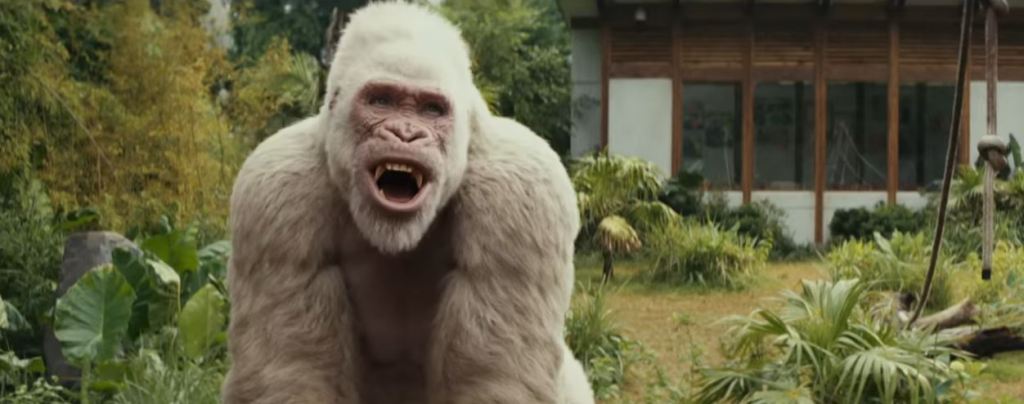
It’s a freaky moment until George starts laughing. Yes, the gorilla laughs and we start to understand the relationship between Davis and George, as well as George’s “humanity.”
“New guy, he no laugh, he cry,” Davis says to the chuckling George, using the speech cadence reminiscent of Tarzan talking to Cheetah.
“He’s not gonna kill you – he has a unique sense of humor,” he explains to Connor as illustrated when George reaches out with his massive paw to fist-bump Davis, but instead gives him the finger.
Yep – George laughs and knows profane gestures.
Like any buddy team, they communicate, joke, protect each other and show affection when it matters. Like most odd couples, they are opposites in many ways.
The ginormous George is a goofball. He loves to laugh with his belly jiggling and playing pranks especially on Davis (there’s a fantastic prank late in the film). Davis is more serious. He’s a former Army Special Forces soldier and a member of the anti-poaching unit.
They met when Davis rescued the baby George from poachers while they were slaughtering his mother. Davis ran off with George as the poachers shot at them, but missed.
“I shot back and didn’t,” Davis says, with a steely-eyed gaze that shows the depth of what he’ll do to protect George.
And George will do the same for him.
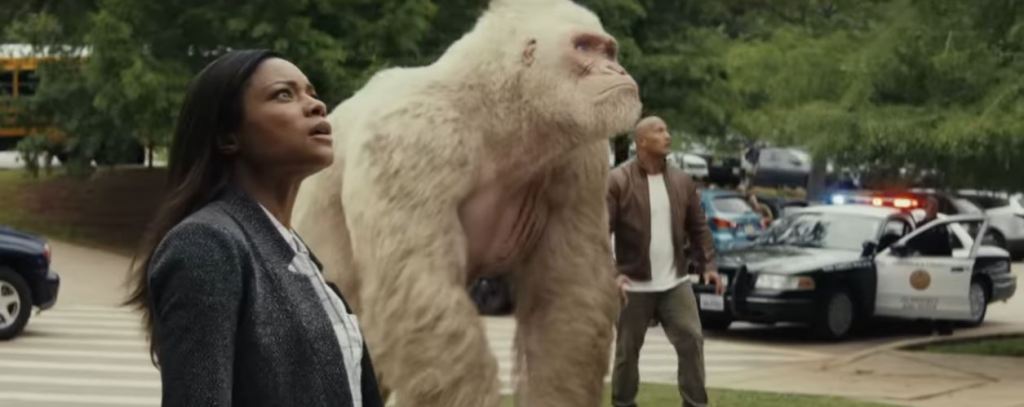
The unlikely friendship
Care is taken to show the deep bond between Davis and George early in the film since that’s integral to moving the story along as it propels Davis on a cross-country search for George as the giant creatures are being “called” to Chicago via an Energyne radio signal.
The middle part of the film is that journey following the creatures and it also includes another odd buddy relationship that keeps things together. If you’ve seen the film, you might think I’m referencing Davis and the lovely Dr. Kate Caldwell (Naomie Harris) who is helping him. That’s too obvious. I went another way with the evolving bond between Davis and the cowboy-like government agent Harvey Russell (played by another charming guy, Jeffrey Dean Morgan).

While Davis and Harvey fight each other to reach their own goals – Davis to save George, Harvey to save the world – they grow a mutual respect that allows them to work together.
One of my favorite scenes is a somber moment when Harvey shows his respect and admiration for the relationship between Davis and George in telling Davis, “Mr. Okaye, about your friend, I am truly sorry.” (I might have sniffled at that point).
That word “friend” that Harvey uses is key to the film as the script is littered with repeated references of friendship.
“What’s happening to my friend?” a worried Davis asks officials about George. Later, an angry Davis doesn’t hold back when he says “You mess with my friend, you mess with me.”
When director Brad Peyton talked about the heart needed for “Rampage” he nailed it with these two mismatched friends. I do, however, think their bond goes much deeper than friendship and into the realm of father and son.
As Davis says, “He’s not just my friend, he’s family.”

The blogathon
This story was written as part of the “Mismatched Couples” blogathon hosted by Barry at Cinematic Catharsis and Gill at Realweegiemidget Reviews. Please check those sites for more great entries on the interesting topic of mismatched and odd couples.
*****
Note on photos: Screenshots and two credited publicity images from “Rampage” were used for this story.

